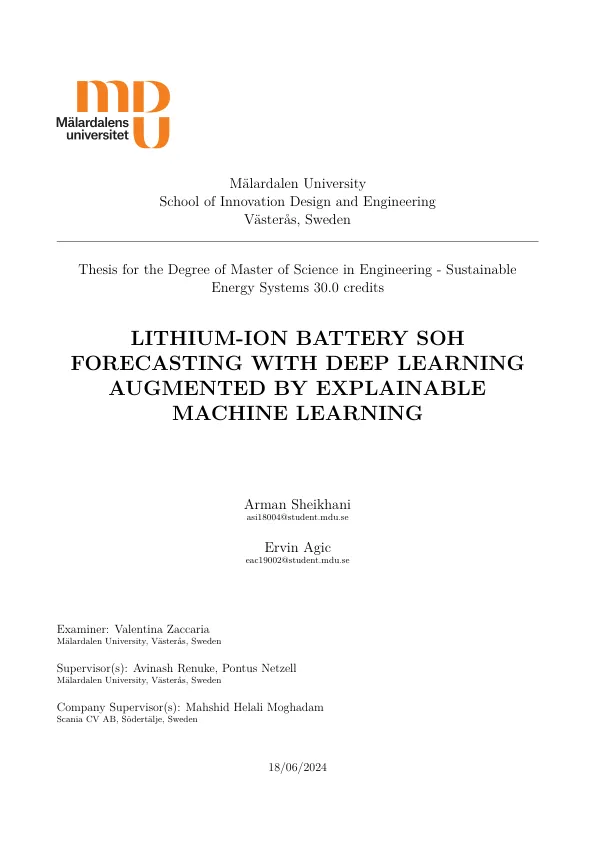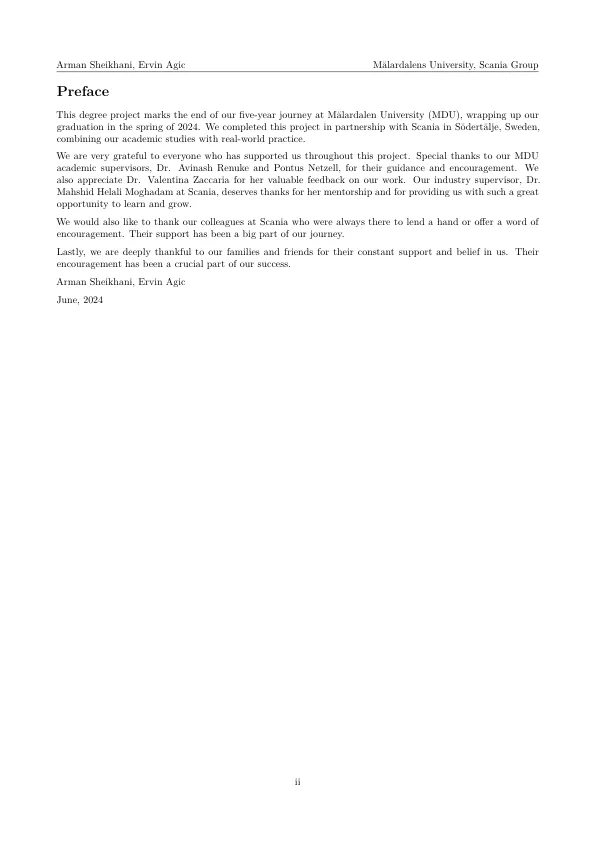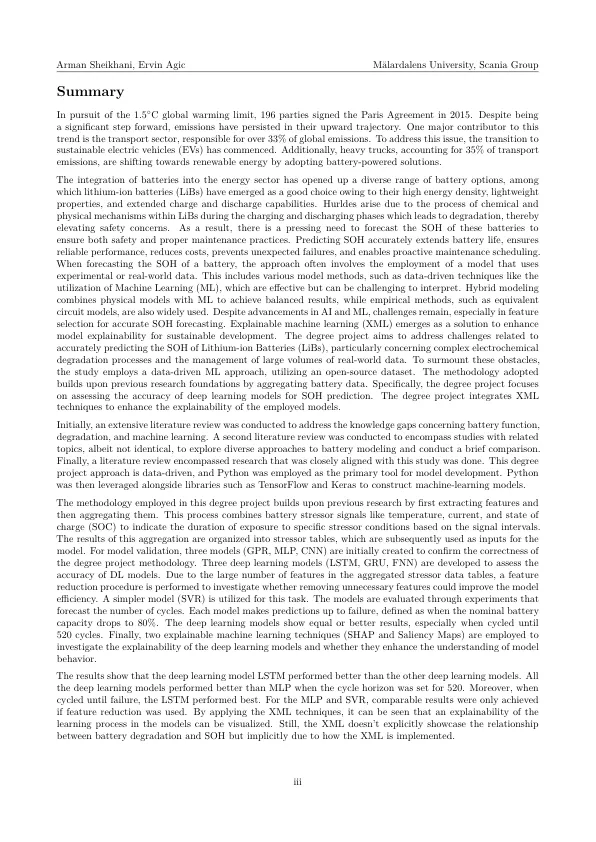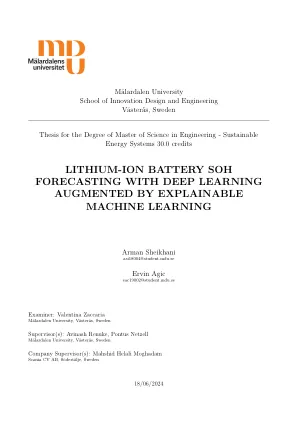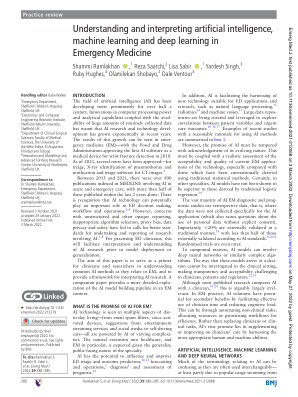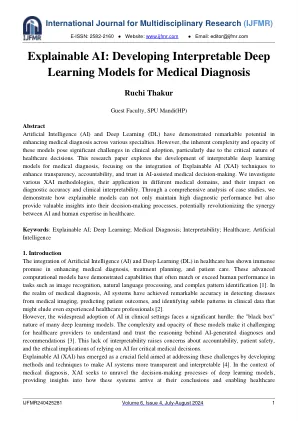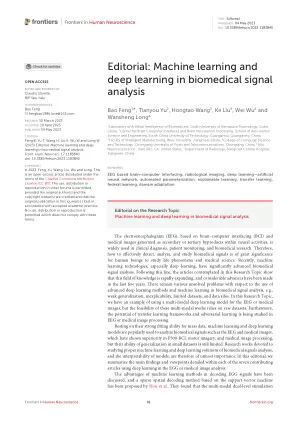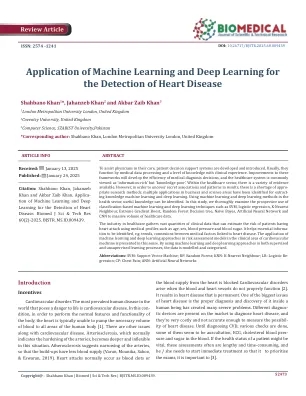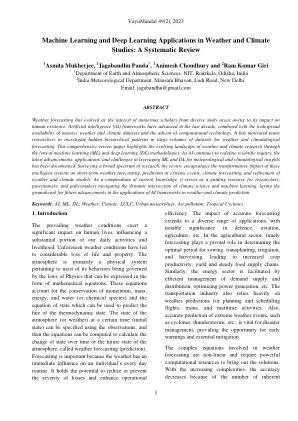机构名称:
¥ 6.0
本研究中使用的方法可以帮助电池开发人员将不同的操作策略与电池老化联系起来。We use inputs such as temperature (T), current (I), and state of charge (SOC) and utilize a feature transforma- tion technique which generates histogram-based stressor features representing the time that the battery cells spend under operational conditions, then investigate the performance of DNN models along with explainable machine learning (XML) techniques (e.g., SHapley Additive exPlanations) in predicting LiB SOH.比较分析利用了广泛的开源数据集来评估LSTM,GRU和FNN等深度学习模型的性能。预测以两种不同的模式执行:一个将预测的周期限制为520,另一个将预测扩展到了电池第一寿命的结束(SOH = 80%)。
锂离子电池SOH预测,深度学习通过可解释的机器学习增强
主要关键词
